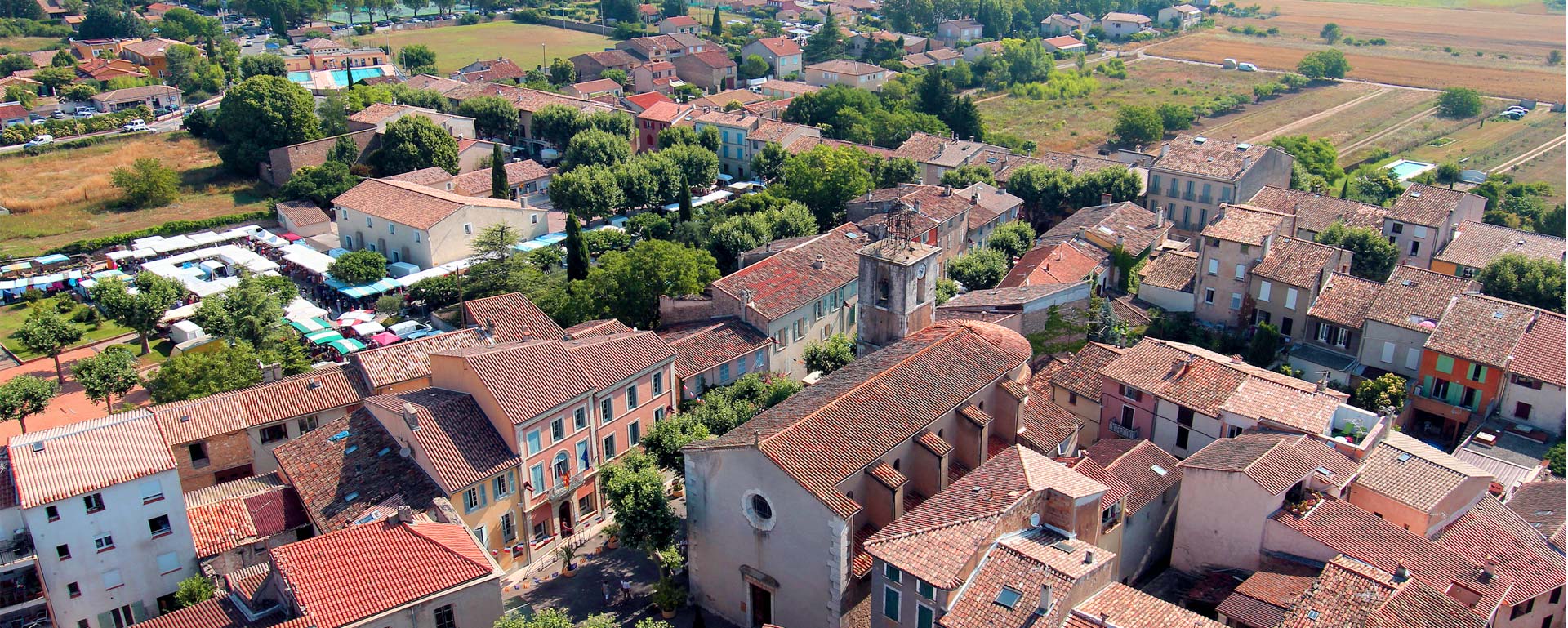- home
- 43 Villages of Provence
- Garﺣ۸oult
The village
This village, which can now be by-passed via an alternate route, is nonetheless well worth a visit. The olive trees, at the eastern entrance to the village, are beautiful. The shops are like in times past, the Cafﺣ۸ Paul is true to its origins, and is a fine place to take a break and listen to the latest galﺣ۸jades (tall stories). Along the little streets, the beautiful houses have kept all their authenticity.
Tuesday market
Here too the big market is a place to meet up. All the year round, sellers bring their loyal customers all the savour of local produce, goatsﻗ cheese, green or black olives of every kind, mild or tangy olive oil, fruits and vegetables in line with the seasons. Lots of other market stalls add colour and diversity.

Communal oven
The communal oven in Place Gueit is over 500 years old. 100 kg of dough can be baked in a single batch. Here you can see all the tools used to prepare the oven and bake the bread: types of spatulas and bread servers, known here as the diable, the escoubiou, the palon and the paline, but also a fine kneading trough, and large and small wicker baskets. The oven is still used twice a year: for the batch of Saint John (in June) and the Christmas batch.
Secondhand goods dealers
For bargain hunters, secondhand and car boot sales take place in April and October. The village fills up with visitors in search of that special object.
Saint Felix Chapel
This attractive, restored chapel, a few minutesﻗ walk away from the centre of the village as you go towards the cemetery, is open to the public on Tuesday and Friday from 2 to 4 p.m.


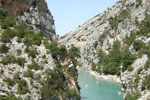 The Verdon Gorges
The Verdon Gorges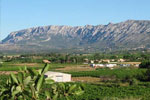 The Sainte-Victoire range
The Sainte-Victoire range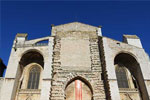 Saint-Maximin Basilica
Saint-Maximin Basilica Cotignac and its Rock
Cotignac and its Rock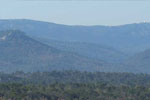 Sainte-Baume moutains
Sainte-Baume moutains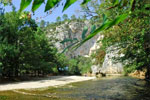 Vallon Sourn beach
Vallon Sourn beach Barjols fountains
Barjols fountains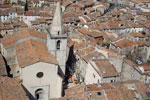 Brignoles medievale town
Brignoles medievale town Hiking
Hiking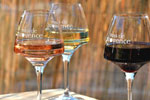 Vineyards & Discoveries
Vineyards & Discoveries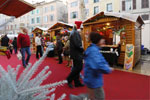 Christmas in Provence
Christmas in Provence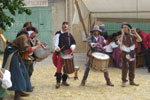 Events off season
Events off season Lake, river, canoe
Lake, river, canoe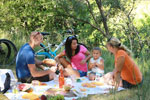 Picnics, afternoon naps
Picnics, afternoon naps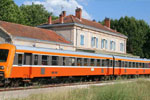 Amusez-vous
Amusez-vous Beaches, the seaside
Beaches, the seaside Summer holidays events
Summer holidays events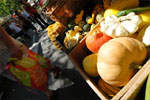 Markets & typical villages
Markets & typical villages